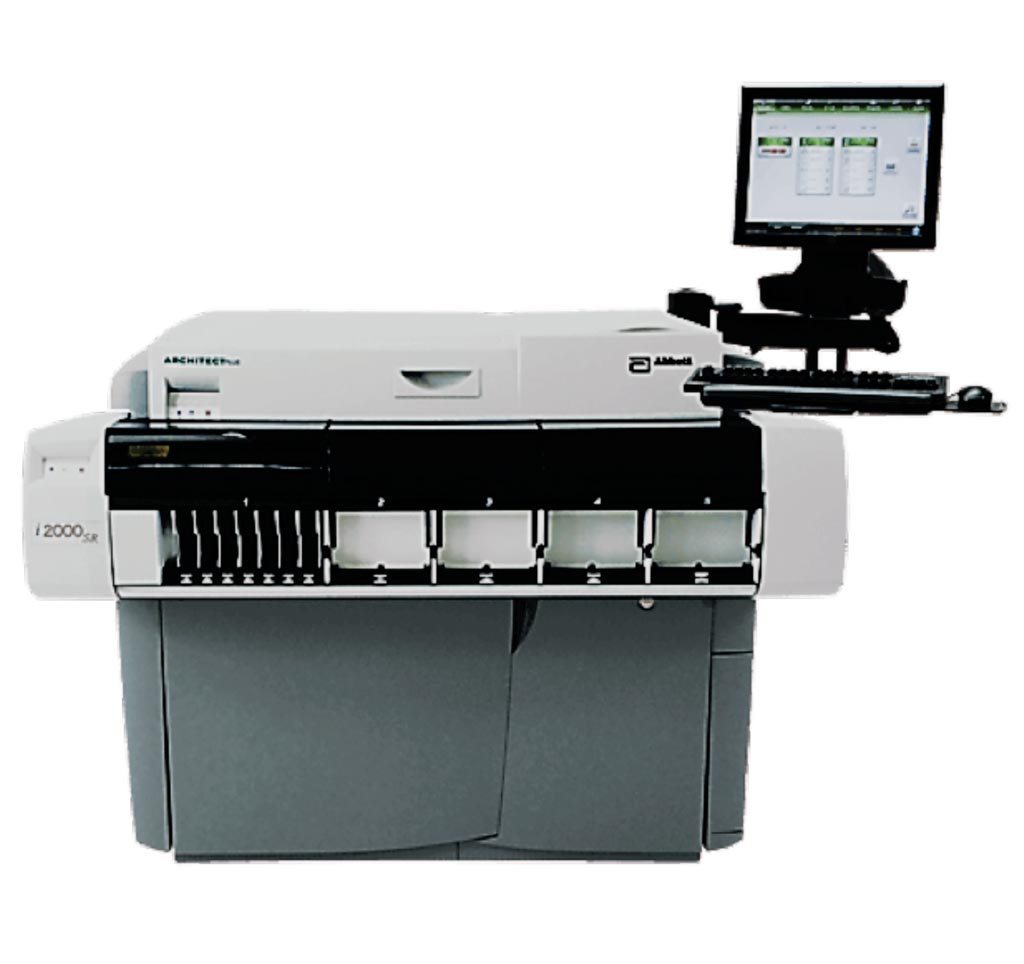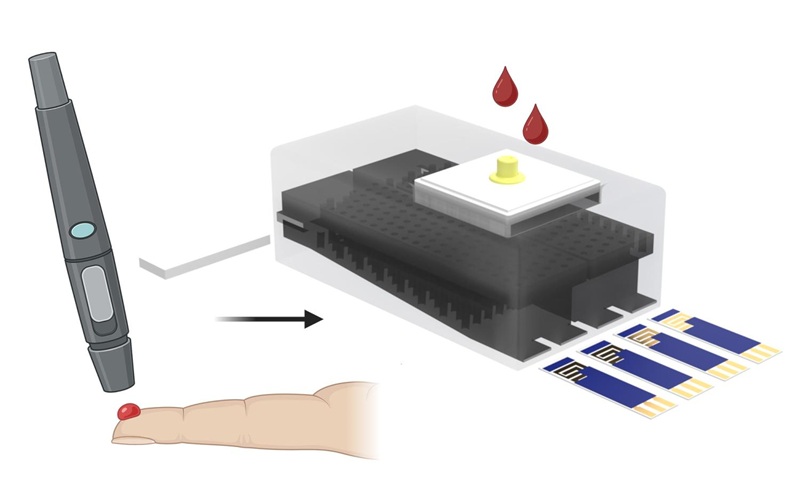Low Levels of IL-39 Associated With Autoimmune Thyroid Disease
Posted on 03 Mar 2022
Interleukin (IL)-39 is a novel member of IL-12 cytokine family, but its role in autoimmune thyroid diseases (AITD) is unclear. The aim of the present study was to determine serum levels of IL-39 in Hashimoto's thyroiditis (HT) and Graves' disease (GD) patients.
Autoimmune thyroid disease (AITD) is a family of classic autoimmune disorders that mainly consists of Hashimoto's thyroiditis (HT) and Graves' disease (GD). The global prevalence of HT is estimated at 2%. A significant sign of HT is loss of self-tolerance to thyroid antigens.

Cytokines play a crucial role in the induction and action stages of immune and inflammatory responses. Imbalances between pre- and anti-inflammatory cytokines may play an important role in the occurrence and development of AITD. The interleukin-12 (IL-12) family plays a key role in immune responses through their functional, unique structural and immunological characteristics.
Clinical Scientists at the Ningbo University School of Medicine (Ningbo, China) recruited 98 patients with AITD were recruited at the Affiliated Lihuili Hospital of Ningbo University (Ningbo, China), including 48 with HT and 50 with GD. In addition, 45 healthy controls (HCs) without thyroid disease or other family histories of autoimmune diseases were enrolled.
Serum IL-39 level was detected by enzyme-linked immunosorbent assay (ELISA) kit (Shanghai Jianglai Biotechnology Co., Ltd, Shanghai, China). All measurements were conducted in duplicate. The staphylococcal protein A antigen sandwich method was used to quantitate anti-thyroid stimulating hormone (TSH) receptor (TSH-R) autoantibodies (TRAb) in human plasma.
A two-step immunoassay (Chemiflex, Abbott I-2000 Automatic Chemiluminescence Immunoassay Analyzer; Abbott, Abbott Park, IL, USA) was used to quantitate free triiodothyronine (FT3), free thyroxine (FT4), anti-thyroid stimulating hormone (TSH), anti-thyroglobulin antibody (TGAb), and anti-thyroid peroxidase antibody (TPOAb) in human plasma. C-reactive protein (CRP), and IL-39 as well as white blood count (WBC) count correlations in patients with AITD were analyzed between serum IL-39 levels and these parameters.
The investigators reported that IL-39 levels in patients with HT were slightly lower than those of HCs while IL-39 levels in patients with GD were significantly lower than those of HCs. Among patients with HT, serum IL-39 levels had a positive correlation with white blood cell count (WBC) count and free triiodothyronine level. Among patients with GD, the levels of IL-39 in serum were positively correlated with WBC count and CRP levels. There was no significant difference in IL-39 levels between HT and GD patients. In addition, the level of serum IL-39 had no significant difference with the gender of GD and HT patients and had no correlation with the age of GD and HT patients.
The authors concluded that they had found reduced levels of serum IL-39 in AITD patients. Serum IL-39 levels were positively correlated with thyroid-related and inflammatory indexes, suggesting that IL-39 may serve as a biomarker for assessing the severity of AITD. Furthermore, IL-39 may represent a new therapeutic target for AITD. The study was published on February 19, 2022 in the Journal of Clinical Laboratory Analysis.
Related Links:
Ningbo University School of Medicine
Affiliated Lihuili Hospital of Ningbo University
Shanghai Jianglai Biotechnology
Abbott




 assay.jpg)









